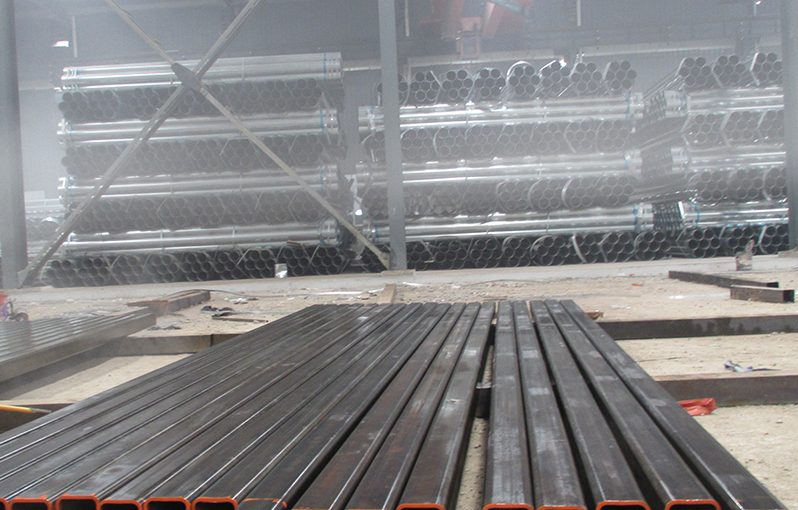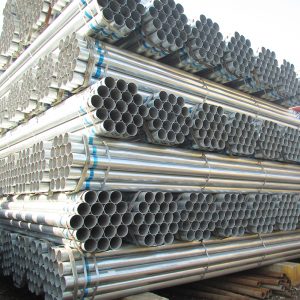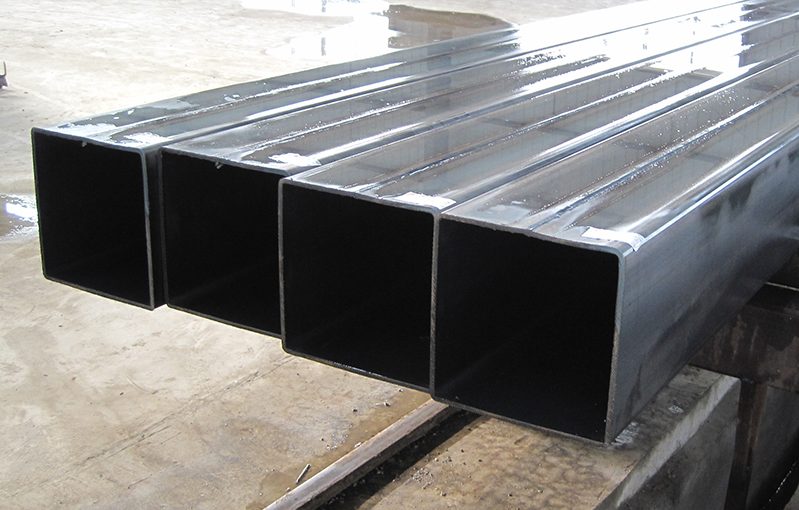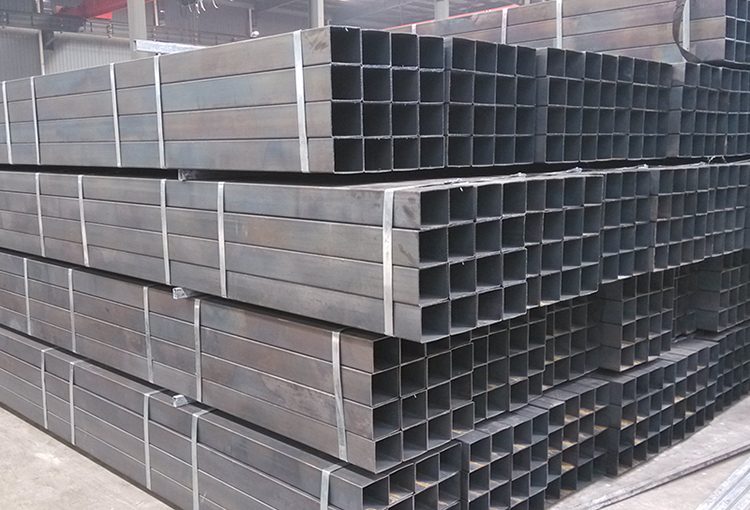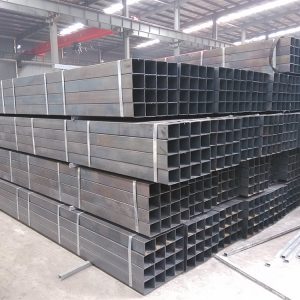With the development and progress of production technology, there are numerous as well as all kinds of technology products such as welded steel pipe which is a typical representative and often be used in the major field of life and production with different production requirements. Technical requirements for steel pipe are also different if the customer demand is different. Nowadays, the steel pipe in pipe market is intermingled so how to be able to choose suitable steel tube product? What should be considered when choosing a steel pipe manufacturer?

First of all, when choosing a steel pipe manufacturer, we should consider the production conditions of the manufacturer. Speaking of the problems in foreign trade of round steel pipe, the manufacturer’s technical requirements for steel pipe is very high, so investigating production conditions is very important in the actual procurement. The basic production condition includes production equipment and facilities, technology and equipment, technology research as well as personnel. If you want to offer first-class products, you need to have the integration of production facilities. When choosing pipes, you need to compare the production situation of different manufacturers to see whether the quality is excellent or not.
Secondly, the price level of square steel pipe supplied by the manufacturer should be suitable when selecting the steel pipe manufacturer. After all, there are many kinds of steel pipes according to the production and processing requirements in different industries. According to customer actual needs, we should check the size table provided by various steel pipe supplier to confirm if the size is in line with the project demand. Of course, we should take raw material into consideration when choosing and buying steel pipes. Other factors that affect the choice include processing technology, application situation so as to choose reasonable steel pipe products.
Last but not least, when choosing steel pipe manufacturer, steel pipe price should be considered. When it comes to pipe price, it is usually necessary to take into account the material selection, production process, pipe diameter size and the pipe length. The price varies according to different specifications. The fluctuation factor is multiple in the steel pipe market and we need to make a comparison among price charts by suppliers. Besides, we should consider our project budget to safeguard self benefit. In a word, a basic understanding of project demands as well as supplier situation is very important. Comparing the price can help us participate in the pipe selection correctly.
